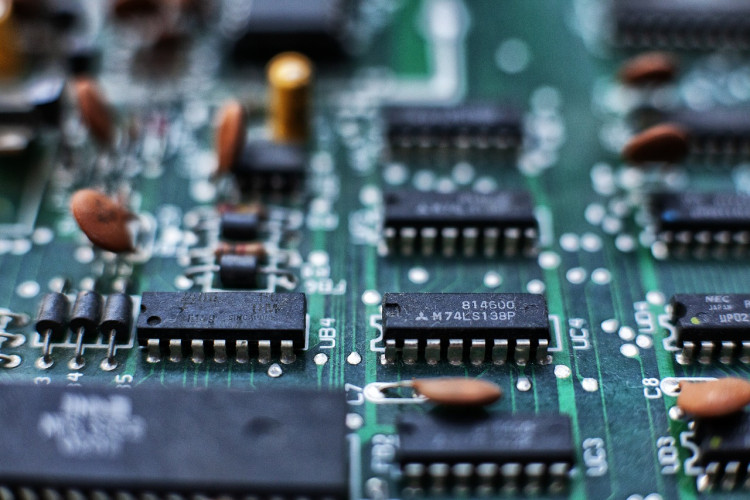China's Ministry of Commerce has proposed new export restrictions on technology related to battery components and critical minerals, further tightening its grip on key materials essential to the global energy transition. The measures, announced on Thursday, aim to restrict the export of certain technologies used to produce cathodes, extract lithium, and process gallium. Public consultations on the proposed changes will continue until February 1.
If enacted, the new rules would build on previous curbs, such as China's recent restrictions on graphite and other industrial minerals, which have already roiled global markets. The move is widely viewed as a response to escalating U.S. trade policies under President-elect Donald Trump, who has pledged to impose aggressive tariffs on Chinese goods.
China dominates the supply chain for many critical materials, producing 98% of the world's processed graphite and 61% of natural graphite. These materials are indispensable in the production of lithium-ion batteries and other components vital to renewable energy and electric vehicles. "China is still set to be the dominant player," said Tony Alderson, a senior analyst at Benchmark Mineral Intelligence. "I think the investment that they are putting in is huge, and it is more than the US with regard to the anode supply chain."
The proposed restrictions would have significant implications for global companies reliant on these technologies. Chinese battery giants such as CATL, Gotion, and EVE Energy may face hurdles in expanding overseas operations, while non-Chinese firms would need to navigate export licensing requirements controlled by Beijing. The impact could further complicate supply chains already strained by geopolitical tensions and trade barriers.
Beijing has framed the curbs as part of its nonproliferation efforts, noting that many of these materials have "dual-use" applications in both civilian and military industries. Gallium, for example, is used in radar systems and precision-guided weapons, while graphite serves as a critical material for both lithium-ion batteries and gun barrels.
The announcement follows December's curbs on specific types of graphite, which the Chinese government argued were necessary to safeguard its strategic interests. Markets reacted sharply, with antimony prices surging 40% after news of the latest restrictions. "We see it in the industry as a shot across the bow," said Michael R. Hollomon II, commercial director at U.S. Strategic Metals, a firm focused on green transition materials.
The restrictions come as the U.S. and its allies intensify efforts to reduce dependency on Chinese critical minerals. Initiatives like the Inflation Reduction Act have sought to incentivize domestic production and develop alternative supply chains. However, progress has been slow. Despite ambitious rhetoric, 2024 was "the year of delays," Alderson noted, pointing to widening gaps between global supply and demand for critical minerals outside China.
Washington's response has leaned heavily on tariffs. Chinese graphite is already subject to a 25% U.S. tariff, and recent lobbying efforts by North American producers have called for increases as high as 920%. President-elect Trump has signaled he may go further, suggesting tariffs of up to 60% on Chinese imports. "To me, the most beautiful word in the dictionary is 'tariff,'" Trump has said, underscoring his hardline stance on trade with China.
Industry leaders, however, warn that escalating tariffs could backfire. Rising costs often trickle down to consumers, potentially inflating prices for electric vehicles, consumer electronics, and even construction materials. Antimony, for instance, is not only used in ammunition but also as a flame retardant in roofing. "We've been playing with our hands tied behind our backs," Hollomon said, highlighting China's ability to subsidize its industries and undercut competitors.






